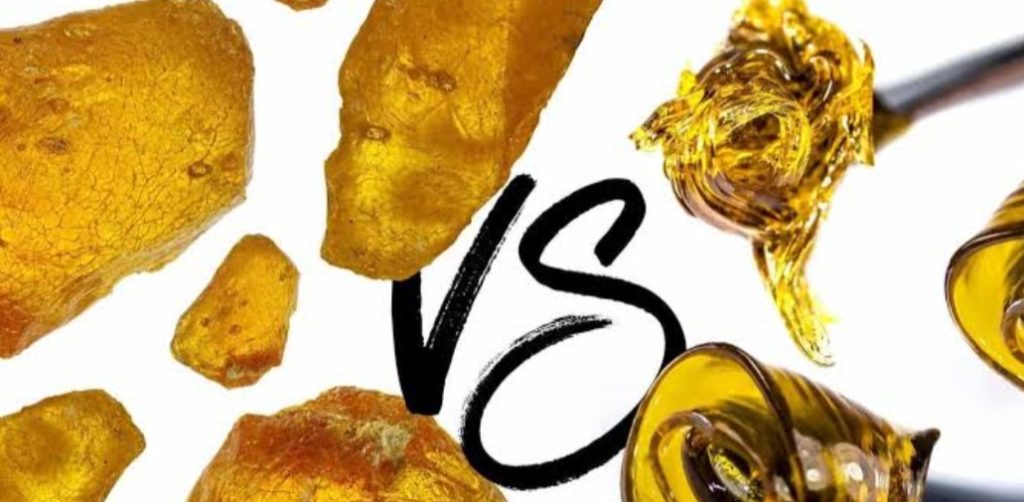
In the world of cannabis concentrates, two terms frequently pop up: “rosin” and “resin.” While they may sound similar, they represent distinct forms of cannabis extracts with their unique characteristics. To learn more regarding such matters, do visit authentic sites. Understanding the differences between these two cannabis concentrates is essential for cannabis enthusiasts and consumers. In this article, you will delve into the world of these two popular cannabis extracts, exploring their extraction processes, chemical compositions, effects, and typical uses.
Extraction Process:
The primary difference between rosin and resin lies in their extraction processes. Rosin is produced through a solventless method that involves applying adequate heat and pressure to cannabis flower or hash. This process causes the trichomes containing the plant’s valuable compounds to release a sticky substance rich in cannabinoids and terpenes.
In contrast, resin is typically extracted using solvents such as ethanol or butane. That solvent dissolves the cannabinoids and terpenes from the plant material, resulting in a concentrated liquid that is later purged to remove any remaining solvents.
Chemical Composition:
These two cannabis concentrates differ in their chemical compositions. Rosin is celebrated for its purity because it doesn’t involve using solvents. It contains a high concentration of cannabinoids, including THC, CBD, and terpenes, contributing to its aroma and flavor.
The resin may contain residual solvents if not purged adequately during extraction. While it can also be rich in cannabinoids and terpenes, the potential presence of solvents raises concerns about its safety and purity.
Consistency and Appearance:
Another noticeable distinction between such concentrates is their physical properties. Rosin is typically found in a semi-solid or sap-like form. It has a translucent appearance and a sticky, resinous texture. Rosin can range in color from amber to light gold, depending on the starting material and extraction conditions.
Resin, in contrast, can be found in various forms, including shatter, wax, budder, and live resin. These forms are generally solid at room temperature and are known for their glass-like appearance. The texture and color of resin can vary widely, offering consumers a range of options.
Flavor and Aroma:
Both the concentrates contribute to the flavor and aroma of cannabis products. Due to its solventless extraction process, Rosin often retains a more authentic and nuanced terpene profile, resulting in a rich and flavorful experience when consumed.
While still containing terpenes, resin may have a different aroma and flavor profile due to using solvents. Some cannabis users prefer the terpene-rich experience of rosin, while others may enjoy the diversity of flavors that resin products can offer.
Consumption Methods:
The choice between such cannabis concentrates often depends on preferred consumption methods. Rosin is versatile and can be used in various ways, including dabbing, vaporizing, or adding to joints or blunts. Its consistency allows for easy handling and portioning.
Resin is also suitable for dabbing and vaporizing in its different forms (shatter, wax, etc.). However, it may require more specialized equipment due to its solid nature. Some consumers favor resin products for their potency and convenience.
Effects:
Both rosin and resin can deliver potent effects, but the experience may vary based on individual preferences and tolerance levels. Rosin’s purity and terpene-rich profile can provide a well-rounded high, often characterized by a balance of cerebral and physical effects.
Resin products can also offer potent effects, but the presence of solvents may influence the experience. Consumers must know about the extraction process and choose reputable sources to ensure product safety.
Conclusion:
Ultimately, these two concentrates come from personal preference, desired effects, and the intended consumption method. Regardless of the option chosen, consumers need to prioritize safety, quality, and knowledge when exploring the world of cannabis concentrates.
